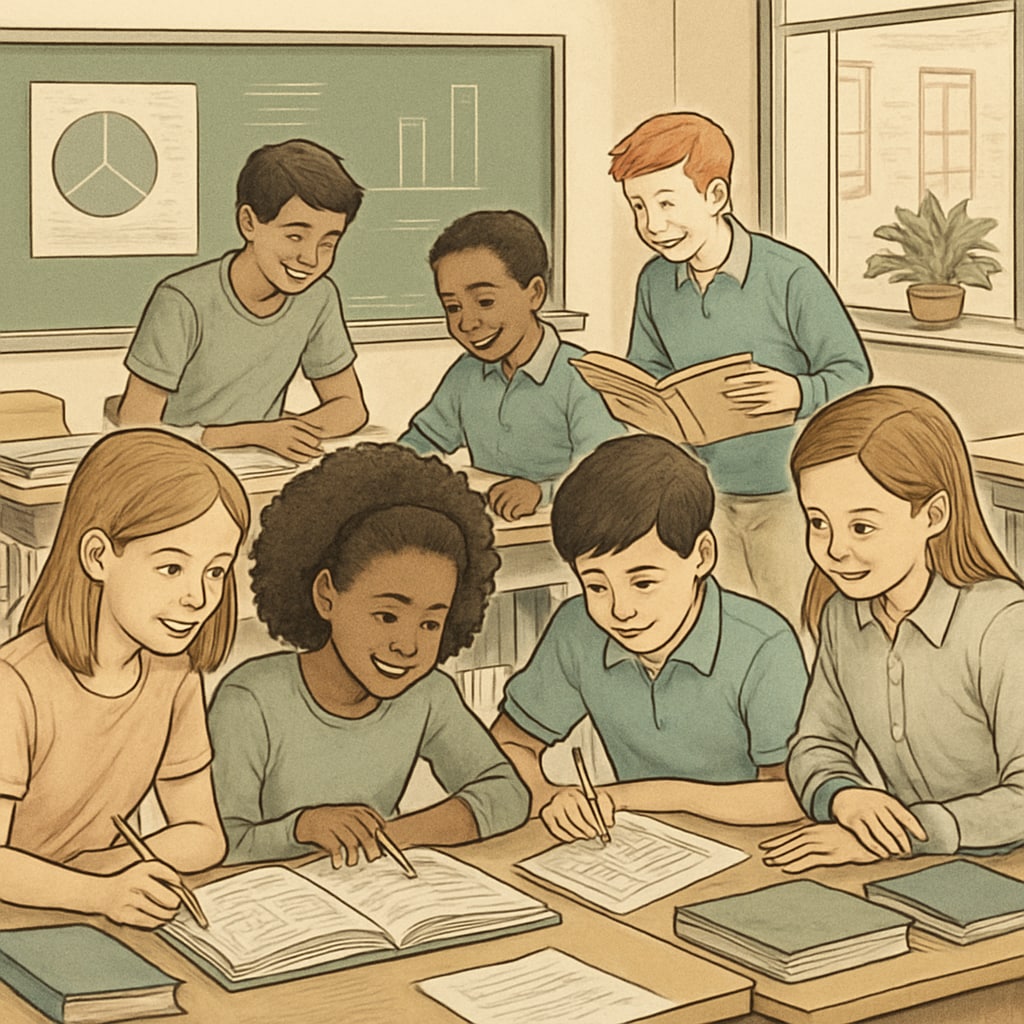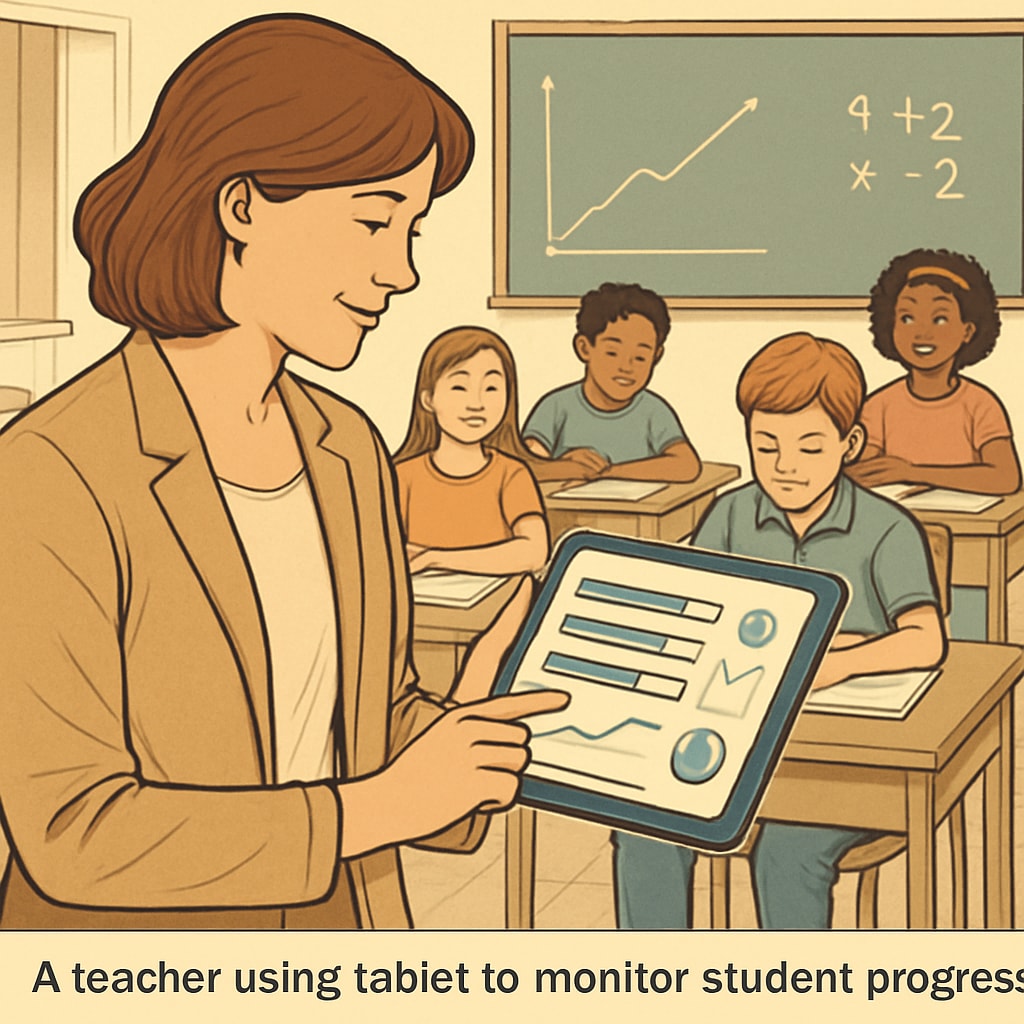Grades have long been the cornerstone of educational success. However, the overemphasis on grades as the primary indicator of “成绩评估,学习成果,实时跟踪” (performance assessment, learning outcomes, and real-time tracking) has led to a narrow view of what constitutes true learning. While grades offer a quantifiable metric, they fail to capture the richness of a student’s overall development and understanding. In this article, we will explore the limitations of traditional grading systems and propose innovative alternatives to assess learning more comprehensively.
Limitations of Traditional Grade-Based Assessment
Grades provide a simplified snapshot of a student’s performance, but they come with significant drawbacks:
- Narrow Focus: Grades often prioritize rote memorization over critical thinking, creativity, and practical skills.
- High Stress: Overemphasis on grades can increase student anxiety and negatively impact their motivation to learn.
- Limited Feedback: A single letter or number fails to provide detailed insights into a student’s strengths and areas for improvement.
As a result, this system fails to holistically measure a student’s learning experience, which includes skills like collaboration, problem-solving, and adaptability.

Alternatives to Grade-Based Learning Assessment
To address the shortcomings of traditional grades, educators and researchers have been exploring alternative methods of evaluation. Here are three promising approaches:
1. Real-Time Tracking of Progress
Real-time tracking involves using digital tools to monitor student performance continuously. For example, learning management systems (LMS) can track how students interact with assignments, quizzes, and class materials. This approach provides immediate insights into their understanding and engagement levels.
2. Engagement Monitoring
Engagement monitoring focuses on tracking how actively students participate in classes and activities. Tools like class polls, interactive apps, and discussion forums can help gauge student involvement. By analyzing engagement data, educators can identify students who might need additional support.
3. Continuous and Formative Assessment
Instead of relying on a few high-stakes tests, continuous assessment evaluates students through regular quizzes, projects, and peer reviews. Formative assessments, in particular, provide valuable feedback during the learning process, allowing students to improve over time.

Building a Holistic Learning Assessment Framework
To redefine learning assessment, educators need to combine these alternative methods into a comprehensive framework. A balanced system would include:
- Personalized Learning Plans: Tailored approaches based on individual student data.
- Skill-Based Metrics: Evaluations focused on critical thinking, creativity, and teamwork.
- Transparent Feedback: Clear, actionable insights that empower students to improve.
Such a framework not only measures academic performance but also promotes personal growth and lifelong learning skills.
The Future of Education Without Grade Dependency
Shifting away from grade dependency is not just a theoretical concept—it is being applied in various schools and educational systems worldwide. For example, Finland’s education system places a strong emphasis on formative assessment and student well-being, proving that alternatives can be effective. By adopting a more holistic approach, we can create an education system that values every aspect of a student’s development.
In conclusion, while grades will likely remain a part of education, they should not be the sole indicator of success. By integrating real-time tracking, engagement monitoring, and continuous assessment, educators can foster a more inclusive and effective learning environment. The future of education lies in moving beyond scores to truly capture and nurture each student’s potential.
Readability guidance: Short paragraphs, clear transitions, and lists are used to enhance readability. Efforts have been made to minimize passive voice and long sentences while ensuring a professional tone.


